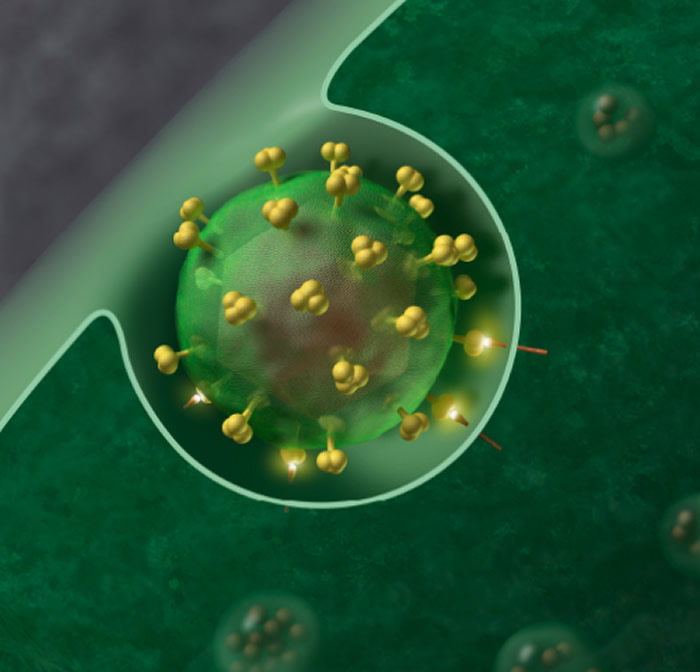For the first time, researchers have shown that a combined approach – using a common cold virus to introduce a vaccine into the body, as well as an injection of a DNA-based vaccine – results in the immune system actively protecting against HIV in the gut and bodily cavities.
The laboratory studies, conducted so far in mice and now published in the Nature journal Scientific Reports, represent an important step forward in attempts to introduce a first line of defence against HIV at the site of infection.
“With sexual activity being one of the primary methods of HIV transmission, it’s necessary to try to protect those parts of the body that are most likely to encounter the virus first,” says senior author Dr Branka Grubor-Bauk, from the Discipline of Surgery at the University of Adelaide and Basil Hetzel Institute for Translational Health Research, Queen Elizabeth Hospital.
“A possible reason why previous HIV vaccine trials have not been successful is because of this lack of a frontline protection.
“In mice, we delivered a rhinovirus (or common cold virus) inside the nose, and this virus had been altered to include HIV proteins. At the same time, the mice also received an injection into the skin containing a DNA-based vaccine. This approach resulted in very specific responses in the immune system,” Dr Grubor-Bauk says.
“Importantly, this vaccine approach encompasses two different arms of the immune system: white blood cells that attack the HIV virus, and specific antibodies that recognise and shut down HIV-positive cells.”
The Head of the Virology Group conducting this research is Professor Eric Gowans, also from the University’s Discipline of Surgery, based at the Basil Hetzel Institute.
“There’s an element of HIV known as Tat that helps the virus to replicate quite rapidly. One of the beauties of our vaccine approach is that the antibodies inhibit the Tat effect, preventing HIV from replicating itself,” Professor Gowans says.
“Overall, we found that infection was considerably reduced in the mice we studied. The findings of our work now support the need for further testing of this targeted approach to an HIV vaccine,” he says.
More information: MedicalXpress



Comments are closed, but trackbacks and pingbacks are open.